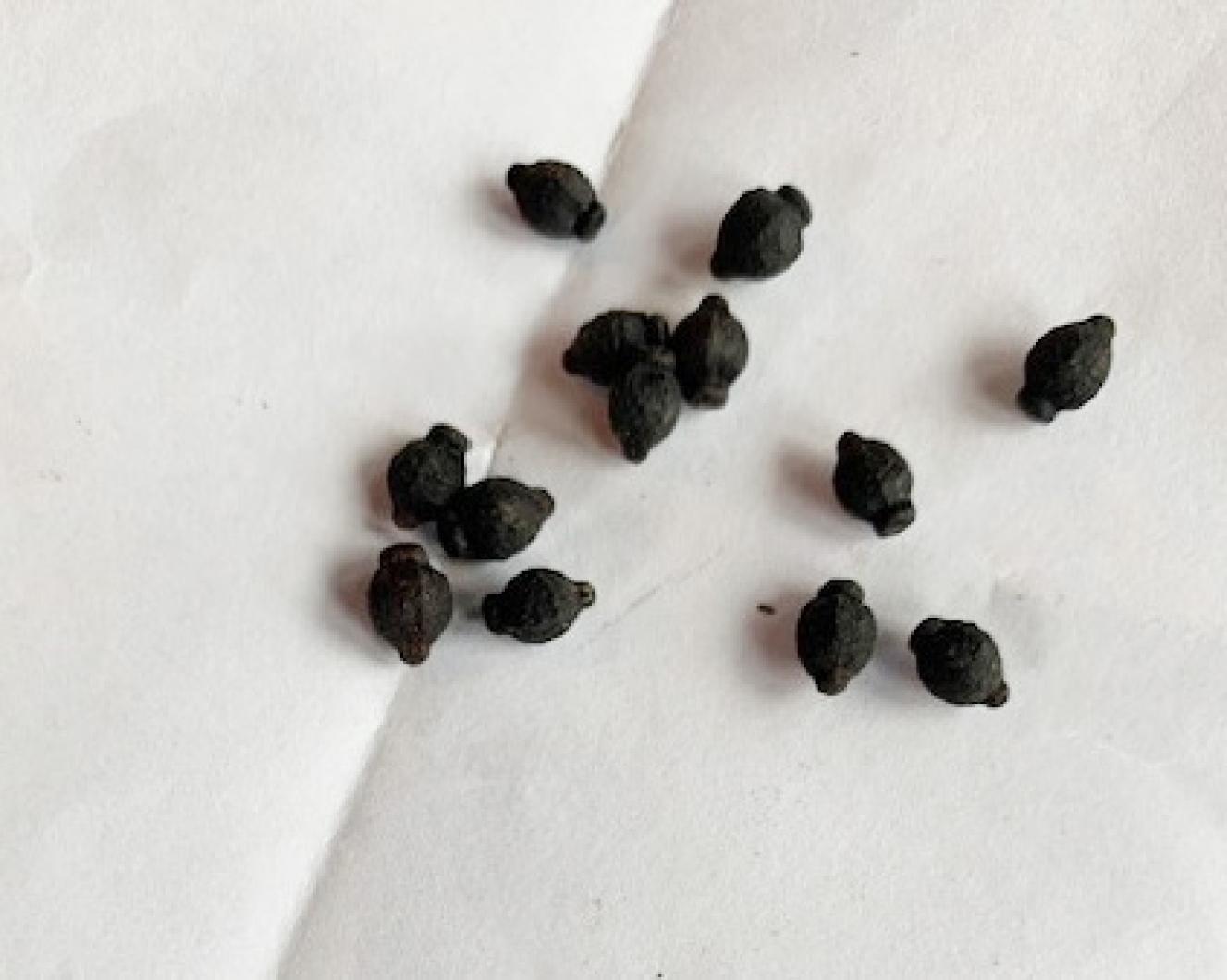Take this advice, label your seeds.
Vintners long ago learned the value of cataloguing everything. I should have been as steadfast with my collections but neglected that important practice. Don’t make the same mistake.
In fact, you should label everything — your leftovers, freezer stock, preserves and anything else that gets put away for any period of time. Trust me, you will not remember what you’ve got. Make your mark — we go with the simple tape and sharpie method. It matters whether it’s chicken or pork stock in the freezer (important now for our alpha-gal family), and always include a date for reference.
Time passes more quickly than one might imagine. Think about those decade-old spices in many of our cabinets or the long-dead C-batteries in the junk drawer.
The most recent riddle comes from some curious, unlabeled seeds, found when I started going through my seed collection for the upcoming planting season. Thinking back to last year, I wondered why I unceremoniously put them in a bag and put them away? Could they be from my own seed saving, or the library seed cabinet, or maybe from West Tisbury seed and plant-sharing gardener Tom Hodgson?
I think likely the first or last option, since the libraries know better than to have label-less anything.
Luckily, there is Google. That is how I determined the identity of those large, black, grenade-shaped seeds. Google says I have Mirabilis jalapa, also called Marvel of Peru, beauty of the night, four o’clock flower and umbrella wort.
Marvel of Peru is obviously not a local species. Its scientific name translated into wonderful or admirable plant from Jalapa, which is a region in both Mexico and Guatemala. It is known for its beautiful flowers and was brought to Europe and North America as an ornamental.
This plant’s flowers are unique and their behavior explains the other timely name — four o’clock flower — which describes a habit of blooming in the afternoon and through the night. This night owl has an anthesis, the period of time a flower is open or blooming, of 16 hours or more, though it is least likely to be blooming in the middle of the day. The nocturnal habit serves night-flying moths and other dusk-dwelling pollinators well, and provides a strong, sweet-smelling scent through the eve.
Additional fabulous features of four o’clock flowers are the ability of those blossoms to be multicolored, change colors and have flowers of different colors on the same plant at the same time. These flowers have been used as a dye and food coloring to provide tints to cakes, jellies and jams. Some sources also claim that other parts of the plant are edible, provide medicinal benefits and serve as an aphrodisiac. Others warn of their toxicity to people and pets.
Sixteenth-century English herbalist Josh Gerard was inspired by this flower, and proposed that it be called “the Marvell of the World, than of Peru alone,” and suggested it is “a pleasant plant to decke the gardens of the curious.”
However, by 1890, this flora’s population seemed to be waning, when American author and journalist E.P. Powell bemoaned: “Four o’clocks were pretty then and are pretty now: but who grows them?”
Time has showed that these flowers have survived and remain popular and, to answer Powell’s question, I (and many others) are still planting them (or perhaps some other look-a-like).
I know better than to trust Google, so I did what any gardener would do: planted those nameless seeds. And while they have come up, their little seedlings still aren’t yet entirely identifiable.
Ultimately, whether Google had the correct identification will soon be known. It will be just a few more weeks until the plant is large enough for a definitive ID. Only time will tell its identity, but the larger labeling lesson has surely been learned.
Suzan Bellincampi is director of the Felix Neck Wildlife Sanctuary in Edgartown, and author of Martha’s Vineyard: A Field Guide to Island Nature and The Nature of Martha’s Vineyard.




Comments
Comment policy »